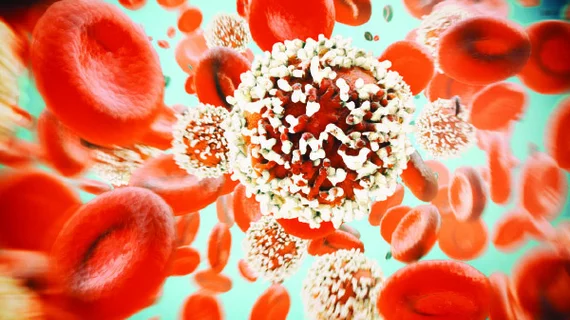As machine learning in dermatology begins to take off, researchers should remember to include all skin types when developing algorithms for identifying skin cancer, according to an Aug. 1 viewpoint published in JAMA.
Machine learning has been accurate in distinguishing between images of benign and malignant moles. It uses images to learn how to categorize pigmented lesions based on their visual features, while being fine-tuned with additional cases.
In the viewpoint, Adewole S. Adamson, MD, MPP, and Avery Smith, MS, argue that the success of machine learning algorithms depend on having high-volume and high-quality data. If not, algorithms will produce biased results.
"This is of particular concern if images of skin disease manifesting in darker skin types are not sufficiently included in training algorithms," they wrote. "In particular, this limitation could potentially have concerning consequences in the diagnosis of melanomas, which can look different on dark skin."
According to Adamson and Smith, the early focus of machine learning has been used on pigmented lesions for melanoma. The two argue that patients of color shouldn’t be excluded from machine learning-related benefits because melanoma is more common among non-Hispanic white people.
They suggest researchers develop machine learning software that’s trained to recognize melanoma on all skin types.
"Machine learning is a powerful tool that will likely play an integral role in healthcare in the future and should be embraced by dermatologists. However, this new technology also has the potential to leave marginalized groups behind,” the viewpoint states.

